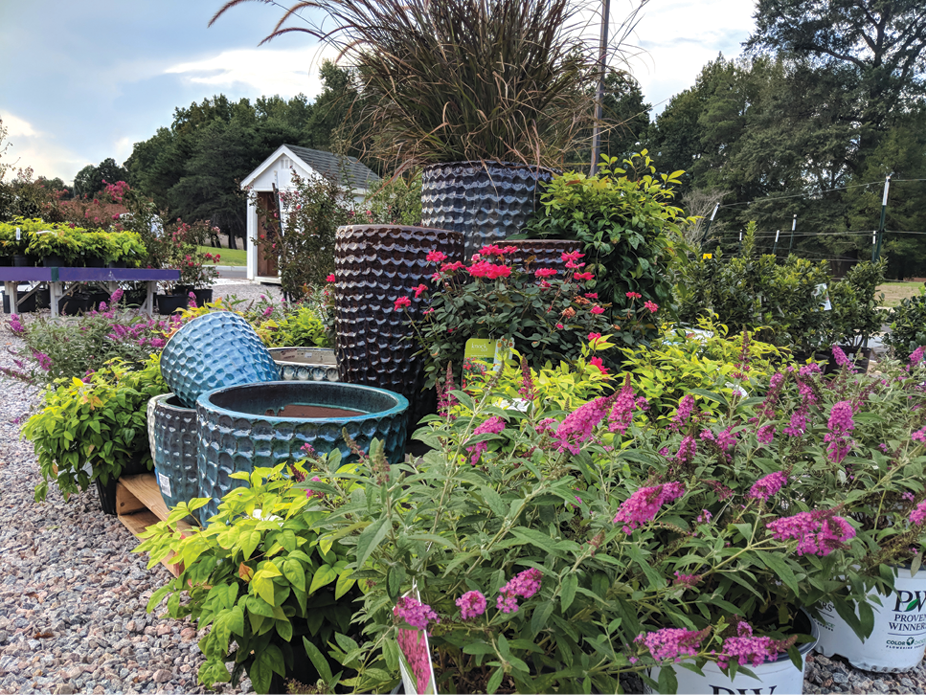As the seasons change and winter approaches, it’s essential to prepare your home and garden for the harsh conditions that lie ahead. One crucial task for homeowners with irrigation systems is the sprinkler blowout. This process ensures that your sprinkler system is protected from freezing temperatures, preventing costly damage and repairs come spring. In this article, we’ll explore the importance of sprinkler blowout, the steps involved, and why it’s a vital part of winterizing your irrigation system.
Understanding Sprinkler Blowouts
Contents
A sprinkler blowout, also known as winterization, is the process of removing all the water from your irrigation system to prevent freezing. When water freezes inside the pipes and components of your sprinkler system, it can lead to cracks, leaks, and costly repairs. By properly winterizing your irrigation system, you can avoid these issues and ensure that your system operates efficiently when warmer weather returns.
Read Also: Unlocking the Beauty of Tropical Garden Ideas
Steps to Perform a Sprinkler Blowout
Performing a sprinkler blowout requires a few essential steps, and it’s important to follow them carefully to protect your system:
- Gather the Necessary Tools: To conduct a sprinkler blowout, you’ll need an air compressor with a sufficient air volume and pressure rating, as well as an air hose and appropriate fittings.
- Shut Off the Water Supply: Locate the main shut-off valve for your sprinkler system and turn it off. This prevents any additional water from entering the system.
- Relieve Pressure: Open all the drain valves or drain caps on your sprinkler system to release any remaining pressure.
- Connect the Air Compressor: Attach the air hose to the compressor and connect it to the system’s mainline using the appropriate fitting. Make sure the connection is secure.
- Blow Out Each Zone: Turn on one zone of your sprinkler system at a time and activate the air compressor. Gradually increase the air pressure until you reach the system’s recommended pressure rating. Be cautious not to exceed this rating, as it can damage the components.
- Cycle Through All Zones: Repeat the process for each zone in your sprinkler system, ensuring that all water is expelled. As you complete each zone, turn it off and move to the next.
- Drain Remaining Water: After blowing out all the zones, open the drain valves or caps again to release any remaining water from the system.
- Protect Above-Ground Components: Remove and store above-ground components like sprinkler heads and backflow preventers in a frost-free location.
Read Also: Designing Your Dream Oasis Modern Tropical Garden Ideas
Why Sprinkler Blowouts Are Important
- Prevent Freezing Damage: The most significant benefit of a sprinkler blowout is preventing damage caused by freezing water. When water inside the pipes freezes, it expands, leading to cracks and ruptures.
- Avoid Costly Repairs: Repairing a damaged irrigation system can be expensive and time-consuming. Winterization helps you avoid these costs and ensures that your system remains in good working condition.
- Extend the Lifespan: Regularly winterizing your irrigation system can extend its lifespan, saving you money in the long run by reducing the need for repairs and replacements.
A sprinkler blowout is a crucial step in winterizing your irrigation system and protecting it from the damaging effects of freezing temperatures. By following the proper steps and investing in this essential maintenance task, you can ensure that your irrigation system continues to provide efficient and effective watering when spring arrives. Don’t overlook the importance of winterization, as it can save you both time and money in the long term.





